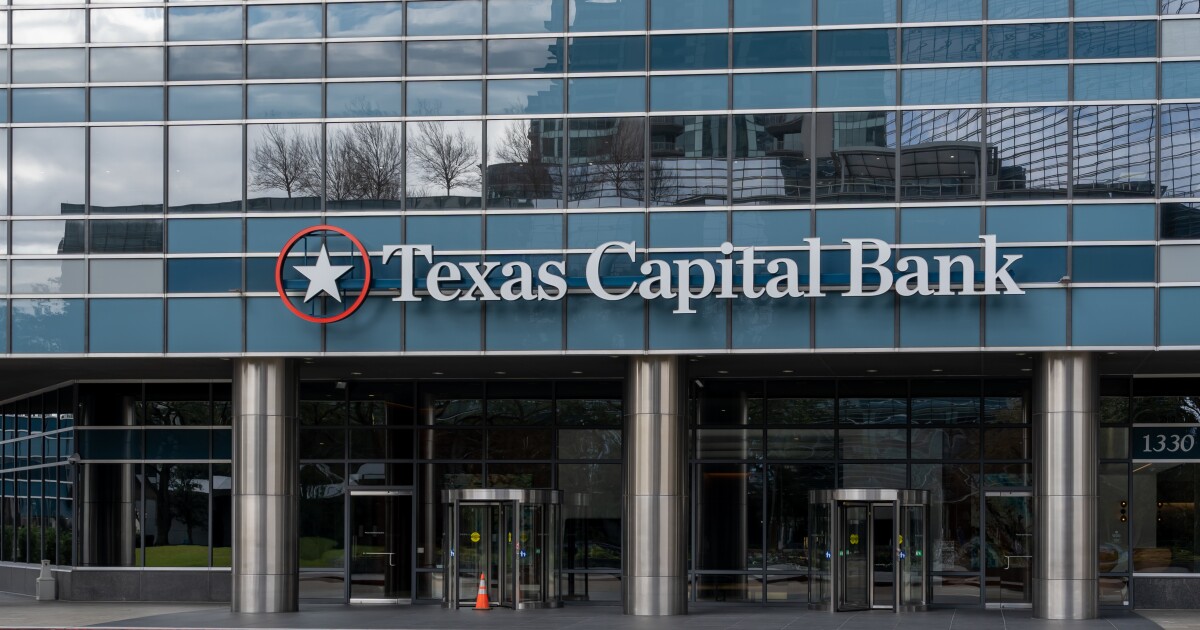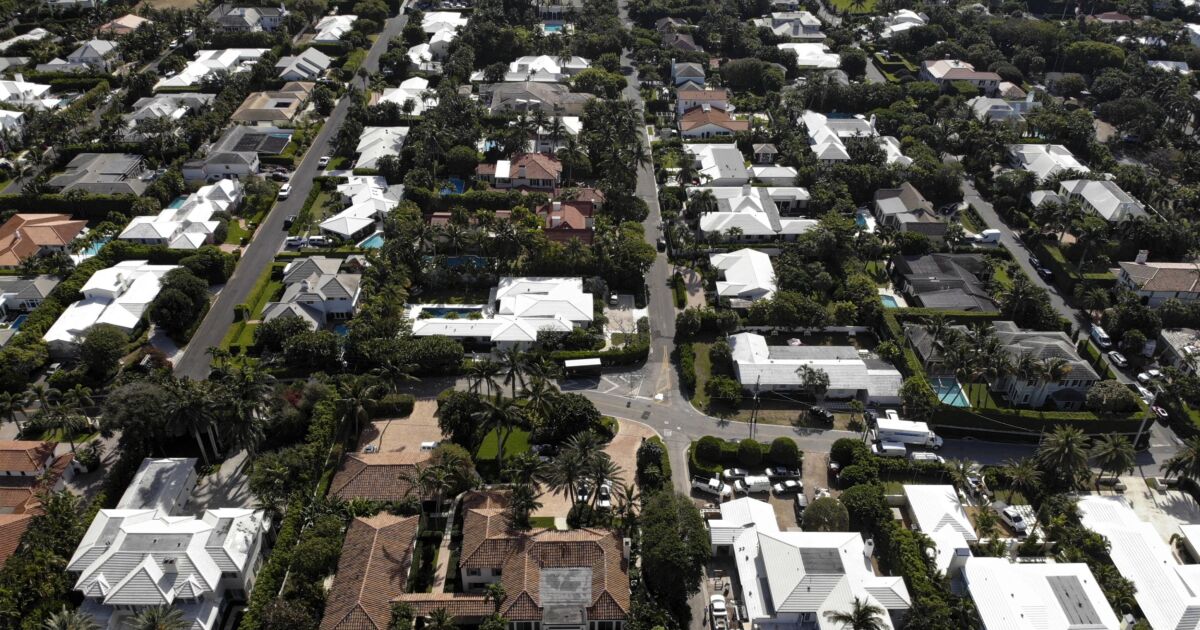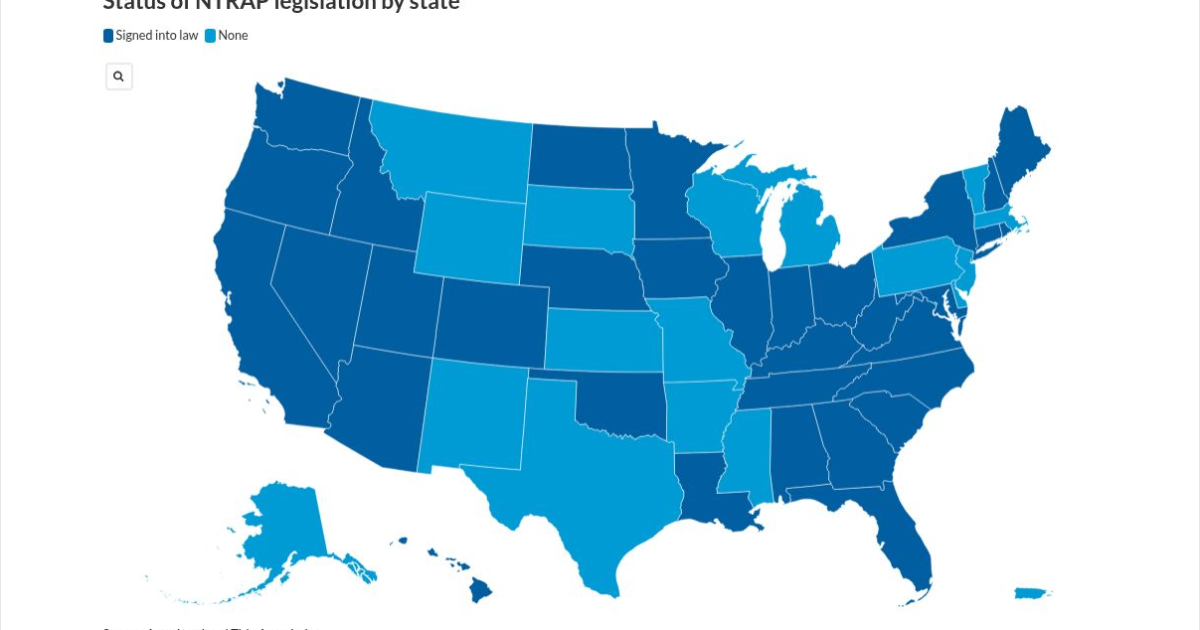
Ginnie Mae is denying that senior housing officials promised a warehouse lender they would help it recover financially following that firm's aid in
The rebuttal is part of Ginnie's motion to dismiss a complaint from Texas Capital Bank, which
"Senior Ginnie Mae representatives including President (Alanna) McCargo explicitly assured TCB that it would be repaid," counsel for the bank wrote in its October federal court complaint. "Other witnesses to Ginnie Mae's assurances are willing to testify to the same."
Department of Justice attorneys on behalf of the agency suggested last week there was no oral promise, and asserted the government's rights under statutes, regulations, contracts and bankruptcy orders to erase TCB's interest in the funds in question.
Neither attorneys for each side nor the parties themselves responded to requests for comment Tuesday.
The collateral stems from RMF's Home Equity Conversion Mortgage lending and subsequent proceeds which haven't been securitized into mortgage-backed securities. TCB is seeking collateral in the form of "tails," or amounts added to reverse mortgage balances that haven't yet been securitized.
TCB in its initial complaint names McCargo, Principal Executive Vice President Sam Valverde and Federal Housing Administration Commissioner Julia Gordon as the senior officials responsible for the promise. The leaders purportedly pledged to support the bank's ability to monetize the financed tails in the event of Ginnie Mae's seizure of RMF's mortgage servicing rights.
Ginnie Mae several times last year refuted TCB's claims, prompting the bank's October lawsuit in the U.S. District Court for the Northern District of Texas. RMF at the time of its Chapter 11 filing had a portfolio of 130,335 loans totalling $25.7 billion. It also had approximately $1.4 billion of funded indebtedness to lenders, including an alleged $395 million owed to TCB through multiple facilities.
Separately, the Department of Housing and Urban Development's Office of Inspector General
Texas Capital Bank meanwhile is in line to receive $2,509,732 in RMF's bankruptcy following a judge's approval of a stipulation Monday. The agreement between RMF's bankruptcy plan administrator and TCB will give the depository money from tax refunds, a leftover professional retainer sum and other pass-through funds.
A bankruptcy court in November also returned $4.3 million of TCB's $28.6 million DIP financing to the depository. The plan administrator for RMF in a separate filing last week is seeking to convert the bankruptcy case from Chapter 11 to Chapter 7 protection in an attempt to preserve the value of any recovery by the bank in its Ginnie lawsuit.
Ginnie Mae meanwhile Monday said it's mulling
"This potential product exploration reflects our focus on current liquidity issues affecting the secondary mortgage market," said McCargo in a statement.
Liquidity risks for HECM lenders have



